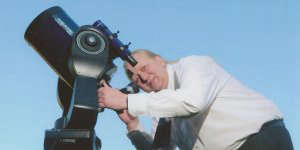
Monday 29th April to Sunday 5th May 2024
First of all, something for the early risers! From 4.30am on the morning of Wednesday 1st May, a quarter Moon will be just rising above the south east horizon. This is an optimum time to observe one of the lesser-known clair-obscur visual effects on the lunar surface called "The Cutlass" because of its obvious sword-like shape.
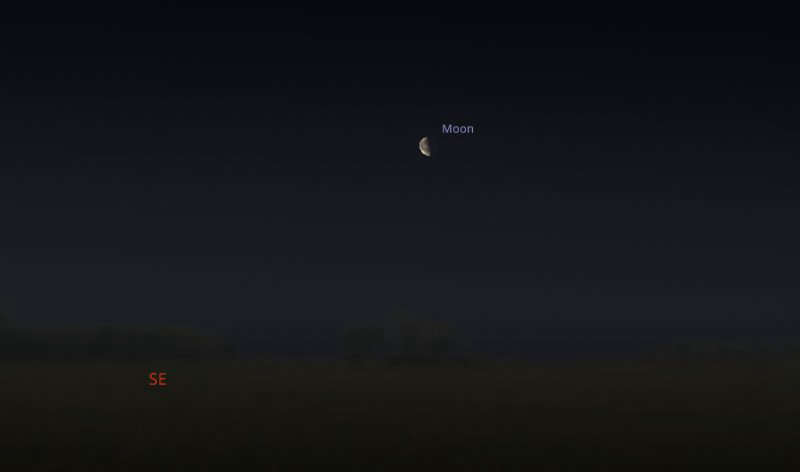
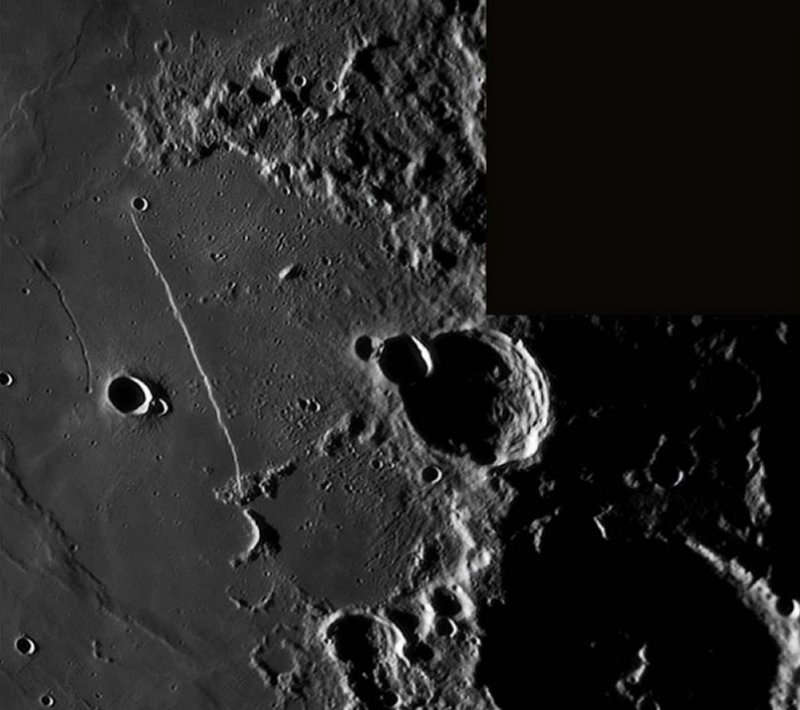
At 2am on the morning of Friday 3rd, the famous "Globular Cluster in Hercules" reaches its highest point in the sky - this is the best time to observe the cluster as light from its hundreds of thousands of stars will be passing through less of our atmosphere. Remember it is distortion created by our atmosphere that makes stars appear to twinkle and so the higher the angle, the better.
The constellation of Hercules will be located high in the sky towards the south east and the cluster, also known as M13 in the Charles Messier Catalogue can be found roughly halfway between the bright stars Vega in Lyra and Arcturus in Bootes. It is just to the right of the asterism (or shape) referred to as "The Keystone" in Hercules.
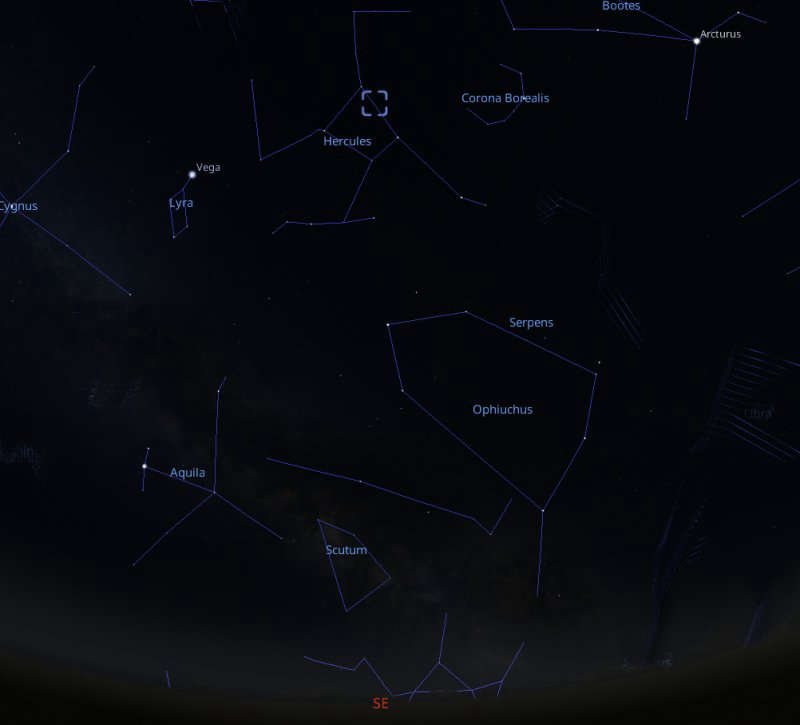
To the naked eye, from a dark location, the cluster will appear as a fuzzy blob. Binoculars or a small telescope will start to reveal the detail with a bright centre where the stars are most concentrated. I have provided an image of what you are looking for, courtesy of Wikipedia.
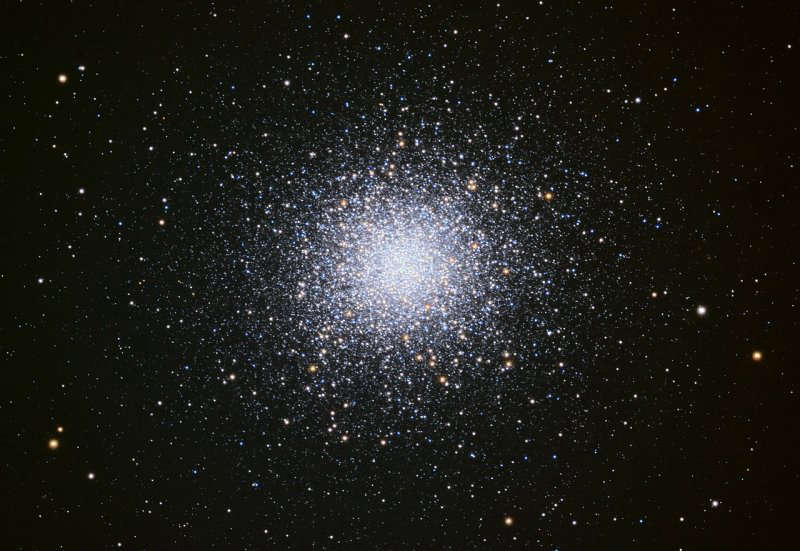
Finally, there are a couple of excellent opportunities to spot the International Space Station during the coming week; Tuesday 30th April at 4.24am and Friday 3rd May at 3.35am. In both cases, the ISS will appear towards the west and pass almost directly overhead.
www.starsoversomerset.com
Screenshots courtesy of Stellarium
Copyright Adrian Dening and Radio Ninesprings 2024

 Domestic Abuse
Domestic Abuse
 Connor Hyde meets Tim Rice
Connor Hyde meets Tim Rice
 New High Sheriff
New High Sheriff
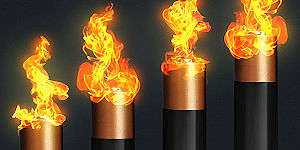 Battery Fires
Battery Fires
 False Fire Alarms
False Fire Alarms
 Dog DNA
Dog DNA








